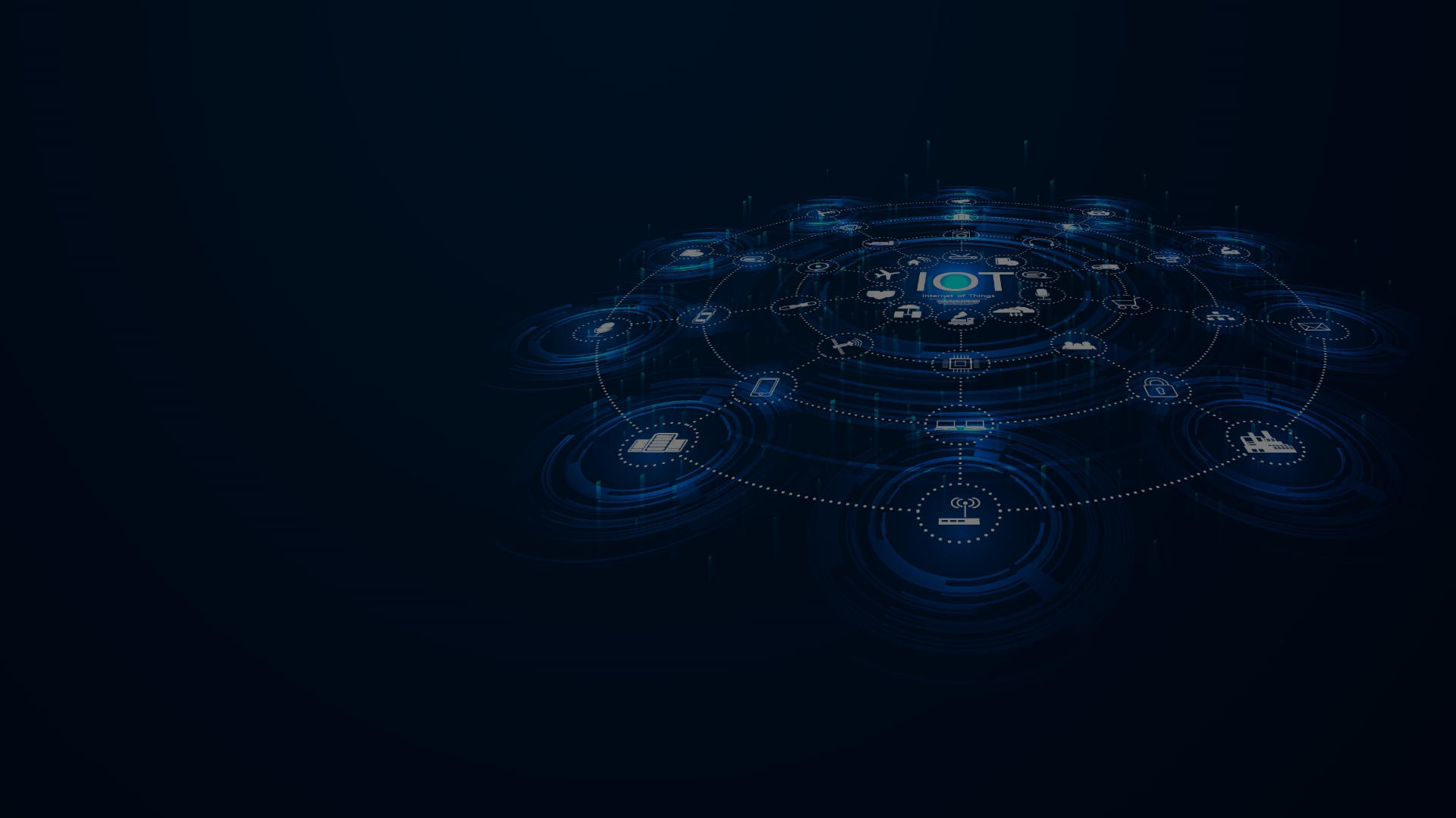This website uses cookies so that we can provide you with the best user experience possible. Cookie information is stored in your browser and performs functions such as recognising you when you return to our website and helping our team to understand which sections of the website you find most interesting and useful.
How to Identify the Right Cloud Based Application Performance Monitoring Solution?
- ctepl
Cloud applications are more complex in characteristic. The entire application delivery chain and the elements involved thereof, such as the browser, Internet Service Provider, the third-party cloud provider, or content delivery network (CDN), and the data center are essential to a cloud-based application’s performance. However, the presence of all of these elements makes cloud testing and cloud monitoring much more challenging than the traditional application performance management.
The monitoring solution will ensure that the application performs at expected levels, is available round the clock, and that the issues are identified well before it becomes a criticality. Performance and availability, the primary metrics to measure the health of any cloud based applications are obtained by monitoring the applications either by running synthetic1 tests at regular intervals or using real monitoring.

For any organization, it is advisable to choose a simple, flexible and cost-effective cloud monitor to check the application health for the relevant aspects and alert the stakeholders for any abnormal application behavior. Enabling 24×7 web monitoring solution helps to collect the performance data for specific business transactions at any given time; having this historical data allows one to determine the application response time across business hours.
Following are the steps that help to setup APM solution:
- The first step is to identify the tool that suits best to the business needs of the organization. For instance, if there are performance issues reported from a specific geographic location, monitoring the application performance from that ‘particular location’ should be one of the vital criteria to choose an APM tool.
- Create Synthetic Transactions that includes various cloud components to measure performance and availability.
- Configure the Synthetic Transactions to monitor the cloud based application 24×7 as per the business need. The configuration may include frequency of the transactions, type of browser and geographical locations to monitor. Synthetic transactions execute as per the configurations, records response times, and application availability and performance abnormalities during the monitoring period.
- APM Cloud monitor should be configured to alert user for any abnormal application behavior.
- Lastly, ensure that APM solution is integrated with diagnostic tools to obtain information in forms of logs, screen shots, stack trace; that can help the user to identify the root cause and fix the issue.
Almost all the monitoring tools run in the background and check website uptime and page loading speed constantly. Following are few cloud based monitoring tools Cambridge Technology (CT) teams work on to serve large enterprise customers:
- Apica WebPerformance: Validates uptime and 24×7 availability and ensures the transaction flow is fully functional. It goes further by testing synthetic transactions in a real web browser together with Selenium IDE /scripts that can be easily set up and scheduled. Apica has WebPerformance monitoring agents / servers in 200+ locations in 60+ countries, making it feasible to monitor from wide range of locations.
- AlertSite: Easy to create scripts using Deja click Script recorder with Firefox or Chrome extension. Monitoring supports web browsers IE, Firefox, Chrome and monitoring the mobile apps from 80+ global locations. Test On-demand feature allows to validate real time monitoring from the selected location.
- Foglight: Monitors and manages performance across multiple technologies, including Java or .NET, virtual and physical servers, databases and more, offering insight into how users interact with web applications. Foglight helps to create a better user experience and ensures that IT environment is adequately supporting company’s needs. Offering a slew of products to cover everything from the most widely used technologies to the most unique, Foglight allows to create a customized APM solution for end-to-end management.
- Uptrends: Supports monitoring from 120+ locations. It is easy-to-use and provides detailed reports. This tool has a facility to compare monitoring results between two probes.
- Dotcom Monitor: In addition to the regular APM features, this tool has captures video of the monitoring transaction when an error occurs. This video is available for playback. The video playback is synced with a waterfall chart, which displays page elements loading and browser actions that occurs within the web application.
Synthetic Monitoring is a method to monitor applications by simulating users. It works by issuing automated, simulated transactions from a robot client to the application in order to mimic what a typical user might do. Synthetic tests are indicative of user experience but not definitive
Real Monitoring is a method to monitor end user activity on application that continuously observes system availability, functionality and responsiveness. In contrast to synthetic monitoring, real monitoring is unscripted.






